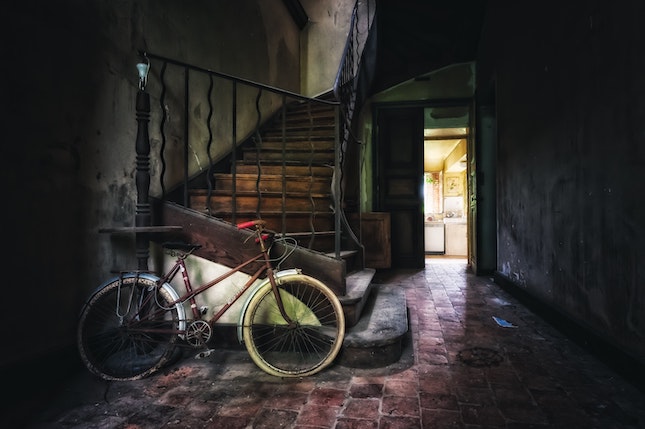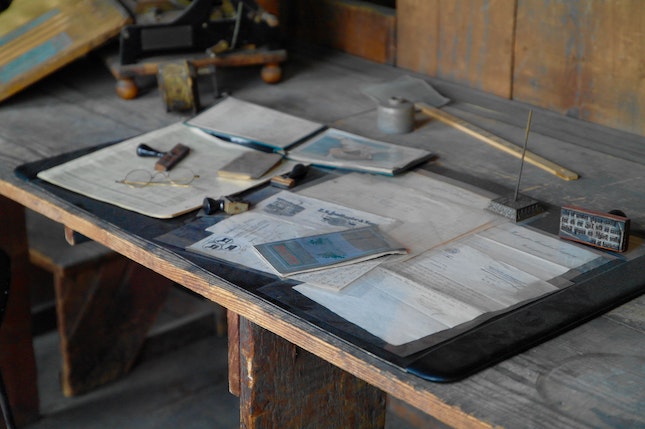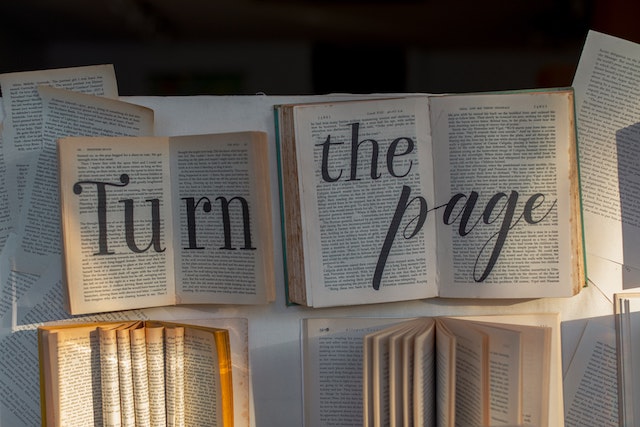Unveiling Setting Secrets: 5 Pro Tips for Crafting a Killer Mystery World in Your Novel
A believable intriguing world is essential to hooking your readers.

A believable intriguing world is essential to hooking your readers.

How details deepen the reader’s emotional connection to your story.

Writing tips to connect your reader to your mystery with setting.

Introduction to story details and how to use them, using editing to complete each scene with sensory details to ground the reader in your story.

A technique to use a character’s home to help refine dialogue.

Tips to get your reader into the story and keep turning pages.

Tips to add setting details to make your story come alive and keep readers engaged.

Don’t overlook time elements in your story. From time of day in a scene to the timeline of the entire story. Tips to keep time in your mystery.

How to gather story setting details and use them in your mystery to keep your reader engaged.

Bring your mystery setting alive with details. How to use them without overloading your reader.